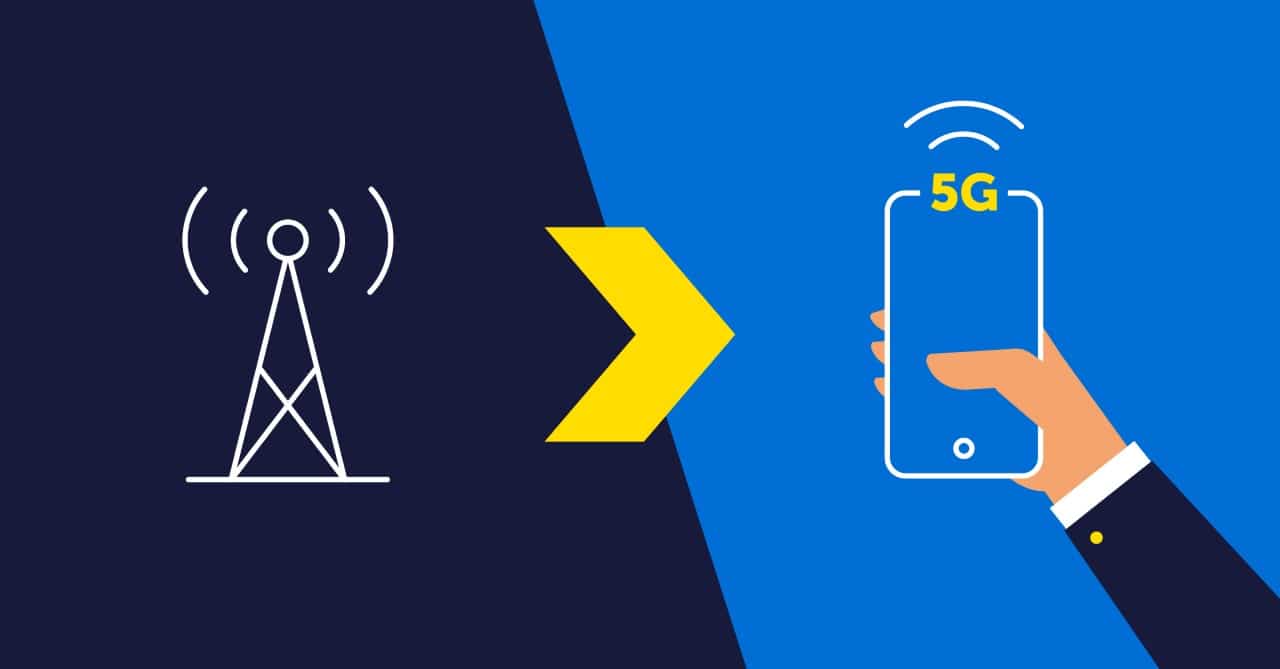Pinpointing Demand for High-Speed Wireless with Location Technology

Mobile wireless data traffic in the U.S. hit a record high in 2020, topping 42 trillion MBs. That represents a 208% increase since 2016, according to industry trade group CTIA. 5G mobile phone sales in 2021 are expected to reach 538 Million, more than double the number of units sold in 2020, according to Gartner, the market research firm. In addition, the number of cell sites has correspondingly increased as well, now topping over 417,000, also according to CTIA. Lastly, in 2021, Apple’s iPhone was hitting a period of elevated sales or “super-cycle,” where existing customer are trading in their older 4G phones for 5G, thus extending a normal phase of sales growth. Competition from other phone manufacturers as well as incentives from wireless providers are keeping prices in check, which is fueling even more demand.
“These numbers show that while we were social distancing last year, U.S. wireless providers were busy both ensuring that wireless networks handled skyrocketing demand and constructing 5G networks, the foundation for our country’s post-pandemic recovery,” said Meredith Attwell Baker, CTIA’s President and CEO.
As a result of this rapid expansion of the 5G network, coupled with high demand for mobile phones and data, mobile virtual network operators (MVNO) are prioritizing network densification. The objective is to increase the capacity of their networks, helping them deliver the consistent, reliable, and speedy service that 5G has promised. In addition, the new infrastructure law that passed by the U.S. Congress in 2021 has allocated $65 Billion for broadband access, especially in underserved areas. The expectation is that the additional coverage will support the needs of both more remote workers and schools that are grappling with hybrid learning environments.
However, funding and planning broadband deployments is just the first step. Now the objective for carriers is to prioritize network deployments by pre-provisioning equipment and target existing or prospective customers that could benefit from the new services. For this to be successful, large-scale pre-qualification of known and potential customer locations, both residential and commercial, is required so that targeted marketing can be executed efficiently. To determine the most efficient means by which to semi-automate the pre-qualification steps necessary to confirm a customer’s eligibility for a specific service or product, there are a few key steps to consider:
Pre-qualification
As a first step, it is necessary to build business logic into the process. This will involve the integration of geospatial data and RF propagation tools to determine signal strength and hence the quality of the existing service, as well as other criteria. As a result, it is possible to achieve on-demand pre-qualification or analytics based on large-scale pre-qualification of customers.
Pre-Provisioning
Predicting the next wave of data demand and getting ahead of a consumer cycle will require that equipment is pre-provisioned. To accomplish this, carriers will need to analyze demographic trends, determine where new housing developments are being proposed and look at both vehicle traffic as well as footfall data. This type of analysis will require location-based data, geocoding of existing and potential customers, and the use of more recent, dynamic mobile movement data.
Mapping these data will require the additional integration of signal propagation that accounts for the shorter wavelength of the 5G signal and impedances caused by physical barriers such as buildings, trees, and other structures. That analysis could require terabytes of location-based signal data. Processing these data may also require advanced geospatial solutions that utilize cloud-native technology capable of leveraging data lakehouse architecture, which may separate compute and storage elements.
On-Premise Deployment
For existing commercial clients, installing an antenna to boost the signal in dense urban canyons in major metropolitan areas will be required as more businesses return to offices. There is growing interest in the use of small cells for private networks in support of not just office complexes but also for mining, ports, and manufacturing, where 5G can bring a host of benefits to both outdoor and indoor facilities. Because small cell sites typically only have a range of about 10 meters to two kilometers, millions of small cells will be needed. A June 2021 Small Cell Forum (SCF) market status report concluded that by 2026, there will be a total of 35.7 million radio units cumulatively worldwide.
Post-Provisioning
In areas where equipment may already be installed, increased network data traffic is a sign that consumers are indeed upgrading to 5G. Therefore, data traffic increases because users are streaming programs and movies, as the much faster speed makes the user experience more enjoyable. Here, densification is necessary to maintain service level agreements (SLAs) for speed and reliability.
Post-provisioning will also require a recent assessment of network use by location to determine areas where new users have entered the market and network traffic has exceeded historical averages.
Why Geospatial Technology?
The telecommunications industry is a fundamentally, location-based business. Geospatial data is its cache and more wireless carriers are especially invested in high accuracy geocoding to pinpoint opportunities at the address level. Today, perhaps more than ever, integrating disparate data types, from RF signal propagation maps to demographic variables at the household level, requires a disciplined workflow and the ability to consume high volumes of data.
One of Korem’s clients, Bell Canada, had this observation:
With the shift from LTE to 5G, it is no longer just about having the fastest network or the largest coverage area. The build-out of 5G networks brings an entirely new ecosystem of connected devices and with that comes unique challenges. The wireless planning team needs to understand how this changes the way they offer broadband services. For that, a powerful geospatial tool is required to analyze where it is best to expand their 5G footprint, improve network densification or make additional investments that support this wireless rollout.
In summary, three use cases are fundamental to effectively deploying high-speed wireless services and each demands location-based data and geoprocessing to support the roll out of 5G infrastructure to a growing service base.





